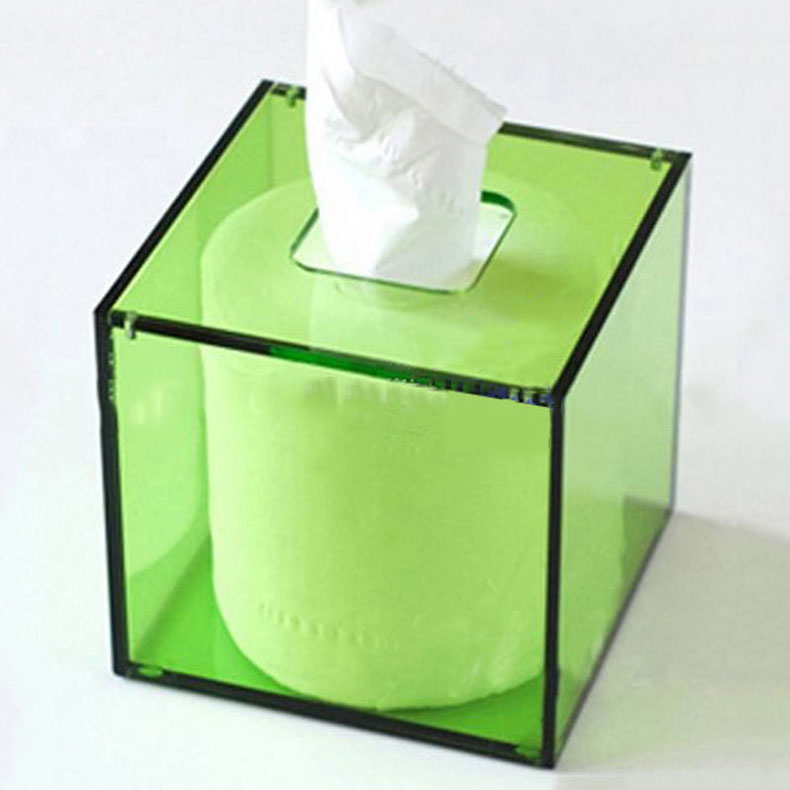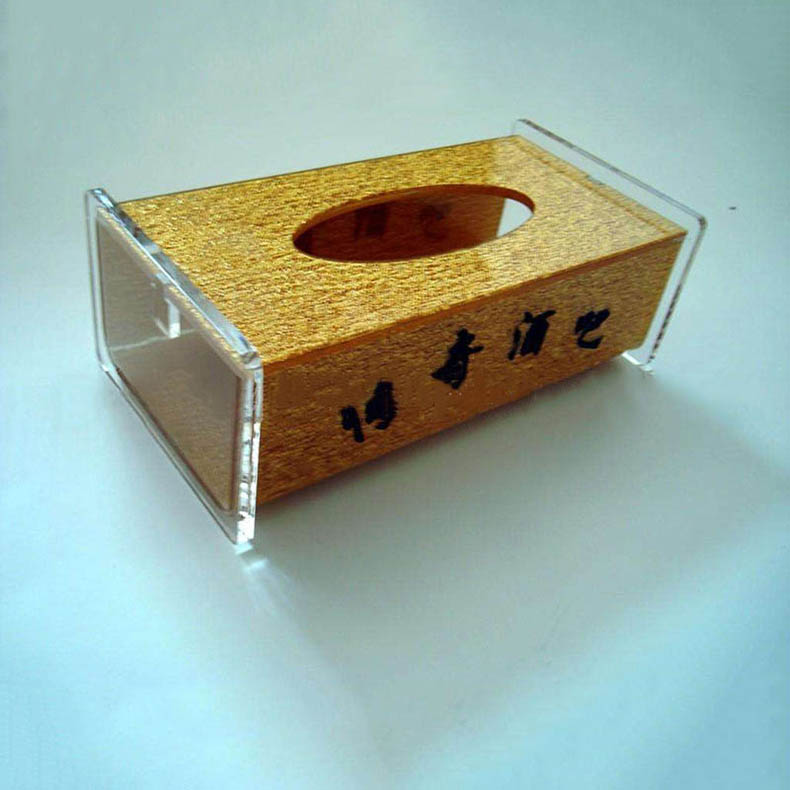Picture stands, often referred to as “picture frames” or “display stands,” are versatile fixtures designed to hold and showcase various types of artwork, photographs, or other visual displays. These stands not only serve a practical purpose but also contribute to the overall aesthetic of the displayed item, enhancing its visual appeal and drawing attention from viewers.
When exploring the world of picture stands, one encounters a wide range of designs, materials, and sizes, each tailored to specific display needs and environments. From sleek and modern metal frames to rustic wooden stands, the options are vast, reflecting the diverse tastes and preferences of consumers.
The term “picture stand” itself is somewhat generic, encompassing a broad spectrum of products. However, within this category, there are more specific terms that describe different types of stands based on their functionality, design, or the type of material used.
For instance, “easel stands” are a popular choice for artists and photographers. These stands, characterized by their adjustable legs and a central support bar, offer a stable platform for displaying large paintings, canvases, or boards. Easel stands are often made of wood or metal and can be folded for easy storage and transportation.
Another common type of picture stand is the “tabletop display stand,” which is designed for smaller items or desktop use. These stands are typically more compact and may feature a simple, elegant design that complements the displayed item without overshadowing it. Tabletop stands can be made from various materials, including wood, metal, glass, or plastic, and often incorporate slots or clips to securely hold pictures or other flat objects.
“Floor stands” or “free-standing displays” are larger, more robust versions of picture stands, intended for use in spacious areas such as living rooms, galleries, or exhibition halls. These stands are usually freestanding, meaning they do not require attachment to a wall or other surface, and may include features like adjustable height, multiple display levels, or even built-in lighting to illuminate the displayed artwork.
In addition to these general categories, there are also specialized picture stands designed for specific applications. For example, “poster stands” are typically used to display large-format posters or banners in public spaces like conferences, events, or retail stores. These stands often feature a wide base for stability and a vertical support pole with clips or grommets to hold the poster in place.
The material choice for picture stands also plays a significant role in their appearance and durability. Wood, with its natural warmth and grain patterns, is often preferred for traditional or rustic settings. Metal stands, on the other hand, offer a sleek and modern aesthetic, while plastic or acrylic stands are lightweight, affordable, and easy to clean.
When selecting a picture stand, it’s essential to consider the weight and size of the item being displayed, as well as the intended use and environment. For instance, a heavy canvas painting would require a sturdier stand than a lightweight photograph, and an outdoor display would need to be weather-resistant.
Furthermore, the design of the stand should complement the displayed artwork, creating a harmonious visual experience. Whether it’s a minimalistic frame that lets the artwork speak for itself or a more ornate stand that adds a touch of elegance, the choice should reflect the overall style and theme of the display.
In conclusion, picture stands are versatile and essential fixtures for displaying artwork, photographs, and other visual displays. With a wide range of designs, materials, and sizes available, there’s a perfect stand to suit every display need and aesthetic preference. From easel stands to tabletop displays and floor stands, each type offers unique features and benefits, allowing individuals and businesses to showcase their visual creations in a professional and appealing way.








